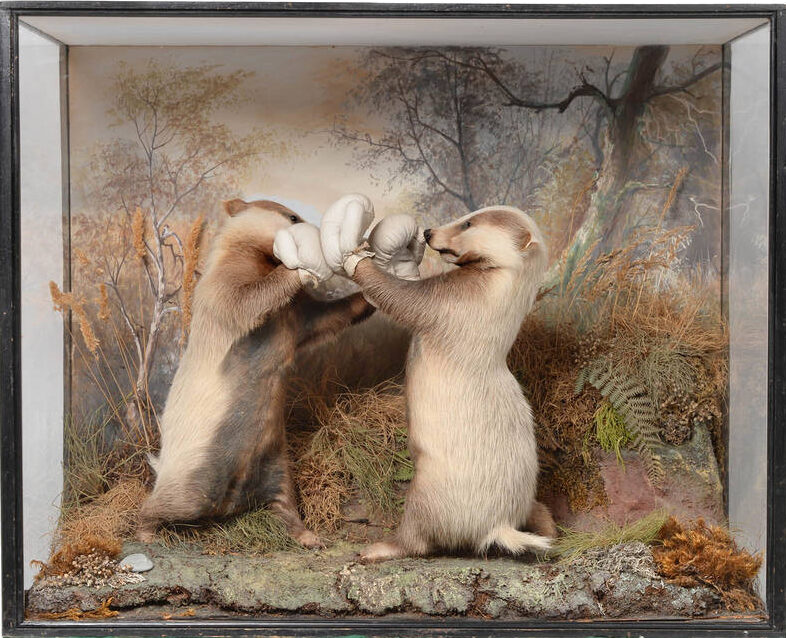THE VELVET DRAWING ROOM
Discovering Victorian Taxidermy
The Taxidermy Artists
Their Lives, Loves & Culture.
The beginning of the awakening and appreciation of taxidermy as an art started with the Wunderkammers or the Cabinets of Curiosities in Europe in the 1600s.
Then, taxidermy swept into the conscious minds of the public through the display of never before seen creatures at the world expos that took place from the mid 1800s.
The Great Exhibition of 1851 in London at the Crystal Palace was brought to life through an idea by Prince Albert. He wished to create one of the world’s best fairs. The Great Exhibition would start what is now the legacy of historic taxidermy, and we marvel about it today, just as much as the Victorians did yesterday.
The Victorian Drawing Room
A well-furnished Victorian Drawing Room typically had displays of imported hummingbirds under glass domes and countryside creatures like fox and otter in glass cases. These displays conferred taste on their owners who were mimicking the style of the upper classes who had filled their large country houses with the spoils of hunts from home and abroad.
Taxidermy collecting and the appreciation of natural history was at its peak in Victorian Britain from the 1850’s and then right through to the First World War. During this period of colonialism and exploration, the discovery of some of the rarest, most exquisite and exotic examples of naturalia were brought back from foreign expeditions. These expeditions were undertaken by some of the leading pioneers of the day. Some of them were financed and commissioned by obsessive and egotistical members of the British gentry, while the likes of Darwin, Gould and Audubon created a new landscape of learning and enlightenment.
The trophies of these 19th century expeditions were brought or sent back to Britain and were put into the private collections of Gentlemen and Royalty. If the journey across the world didn’t kill them, some of these animals were sent to menageries and zoos. Post-mortem, they were also displayed at international expos to represent the powerful force of Britain’s push into foreign lands.
Today’s Taxidermy Revival
Having dropped its out-of-date image, today the best examples of taxidermy, especially some of those in original Victorian glass cases, are nothing more than design chic.
So, come and sit with me in The Velvet Drawing Room to read the stories of the makers and artists, admire some of the beautiful and irreplaceable treasures and maybe be inspired or re-inspired to collect some of your own.












